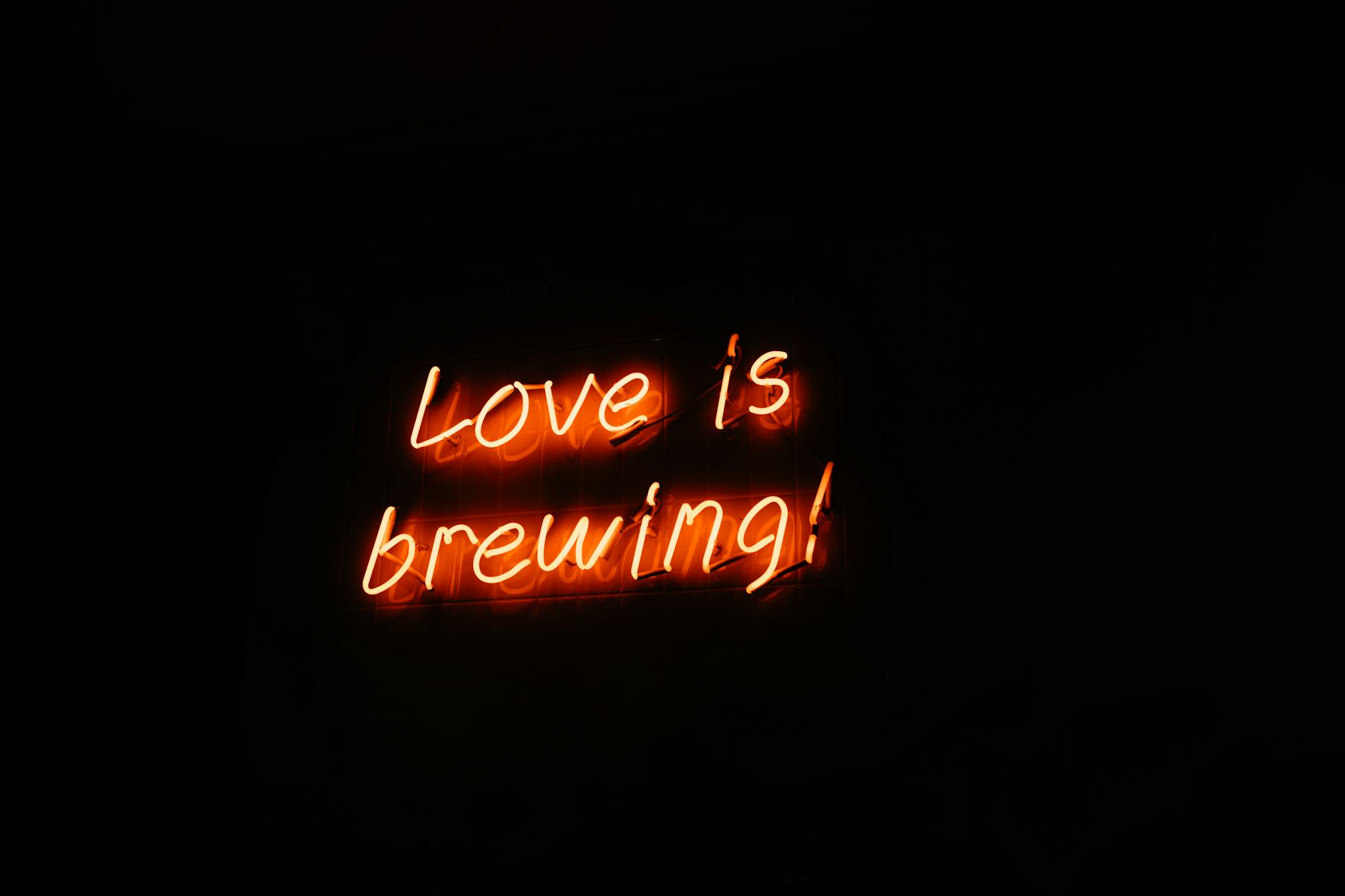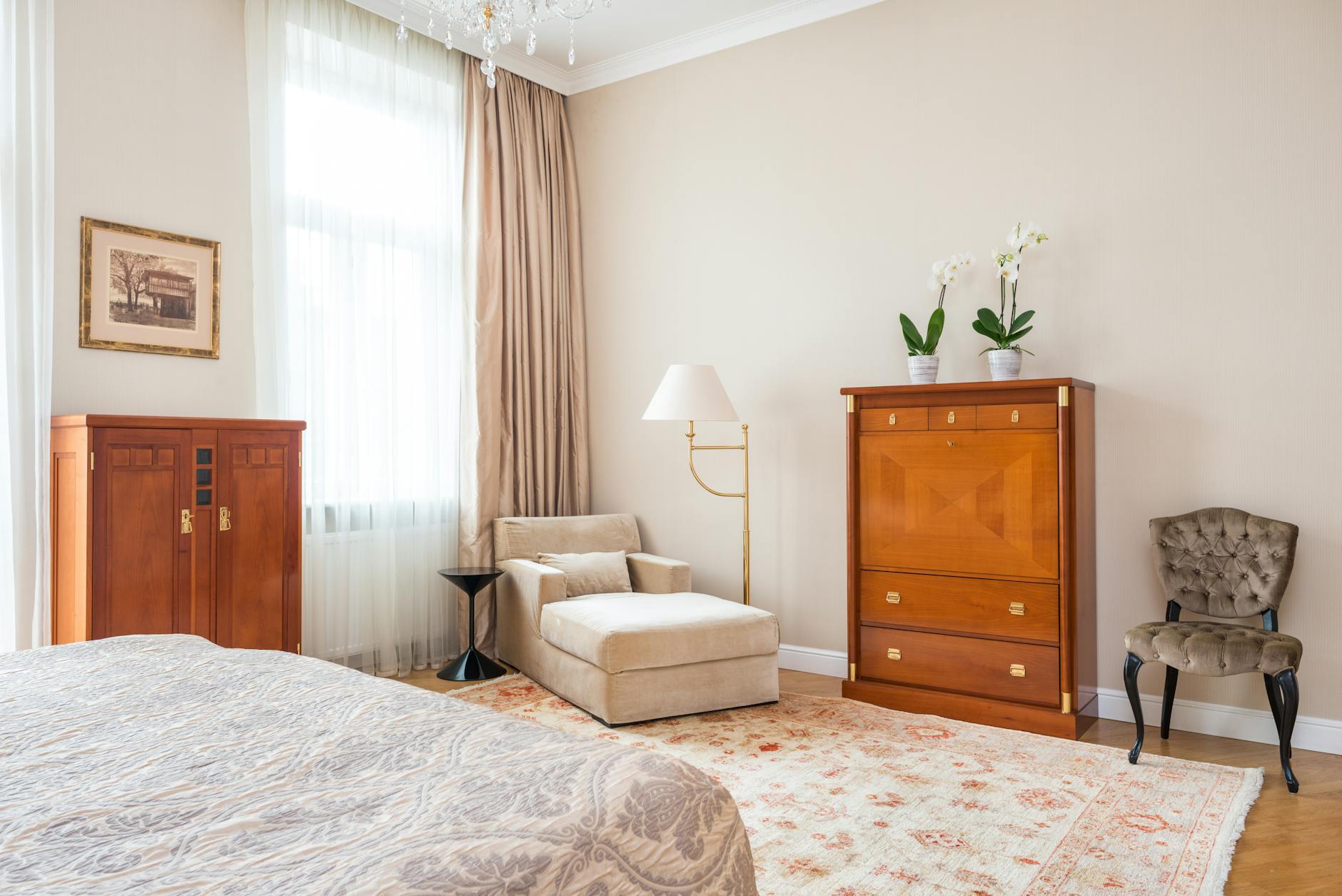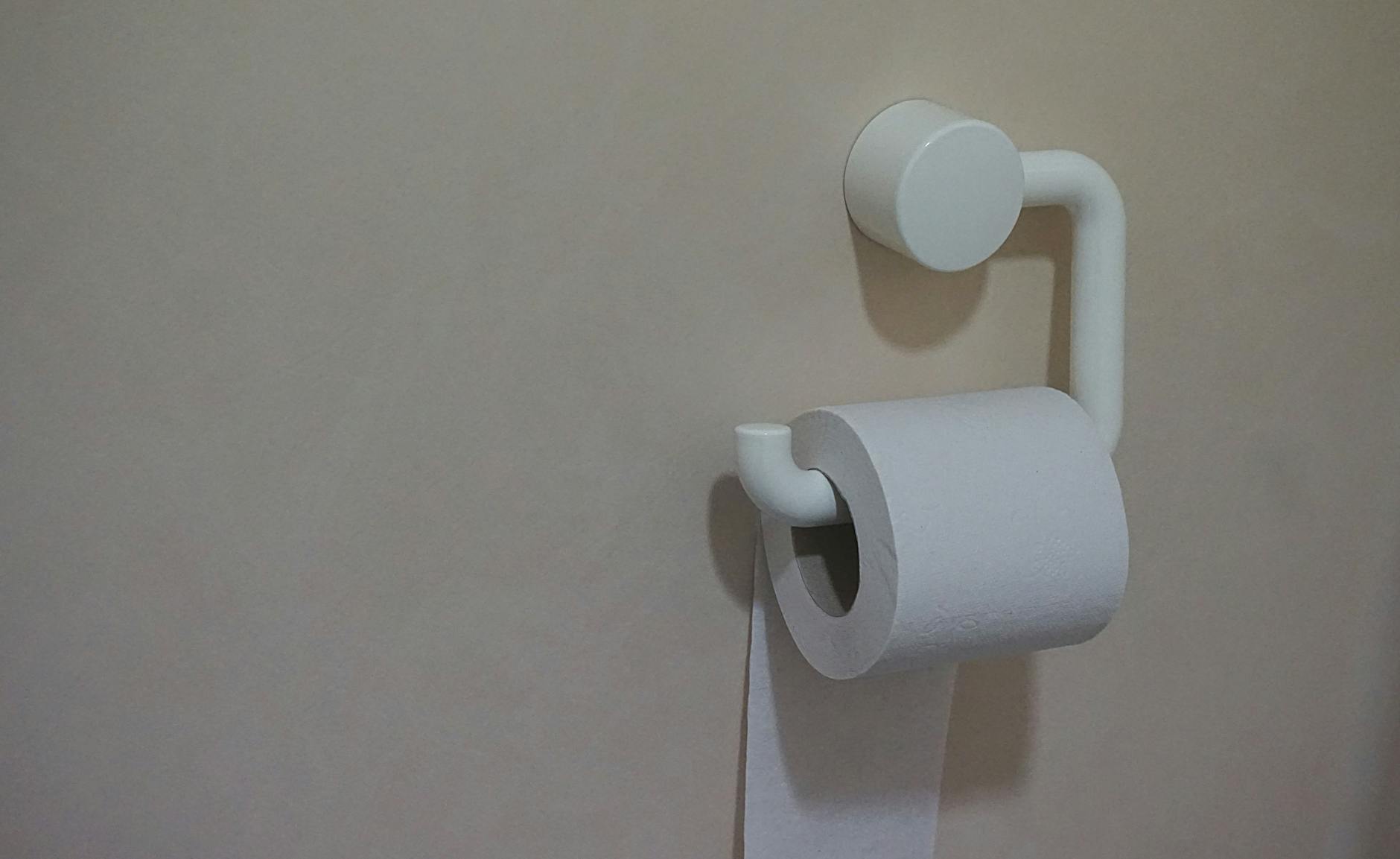In today’s world, the influence of artificial lighting on our daily lives is unparalleled, and LED lighting is at the forefront of this revolution. While the efficiency and longevity of LED lights are well known, their impact on mood and sleep is a topic worth exploring in depth.
The Science of Light and Mood
Our bodies have evolved to respond to the natural light of the sun. This has a profound effect on our mood, energy levels, and even our sleep patterns. LED lighting, with its vast range of color temperatures, can mimic the natural light spectrum, affecting our serotonin levels, which in turn influences our mood and overall well-being. 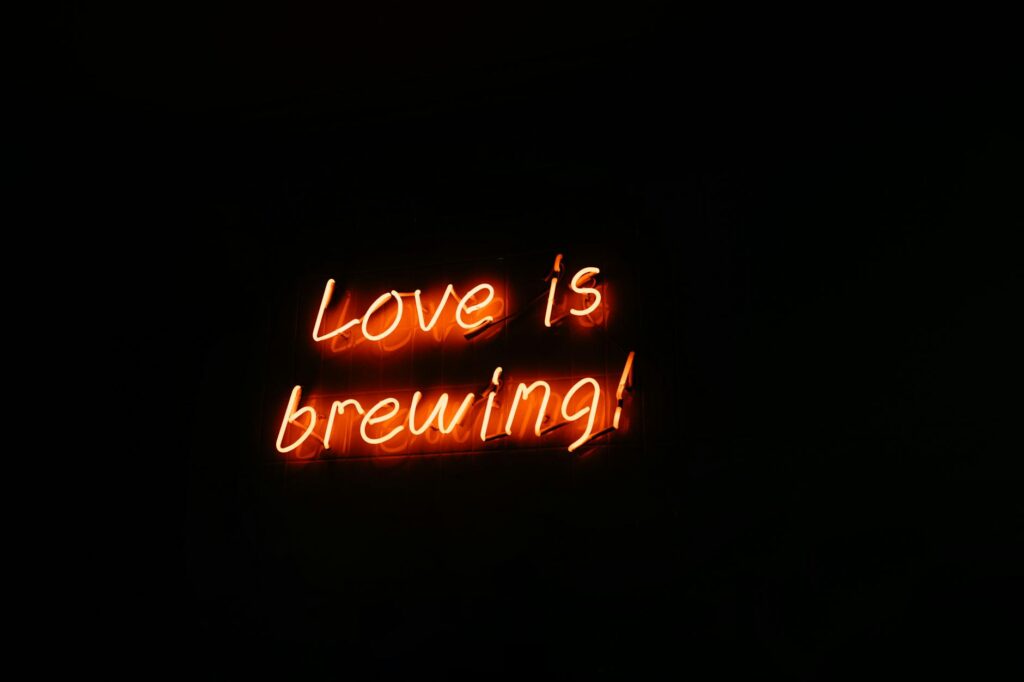
Blue Light and Sleep
One of the most discussed aspects of LED lighting is its blue light emission. Blue light, prevalent in electronics and energy-efficient LED lighting, can disrupt our natural sleep cycles by inhibiting the production of melatonin, the hormone responsible for sleep. Reducing exposure to blue light in the evening is crucial for a healthy sleep cycle.
Adjustable Settings for Enhanced Well-being
Modern LED lights come with adjustable settings, allowing users to modify brightness and color temperature. This adaptability can enhance one’s living or working environment significantly, promoting alertness during the day and calmness during the evening. 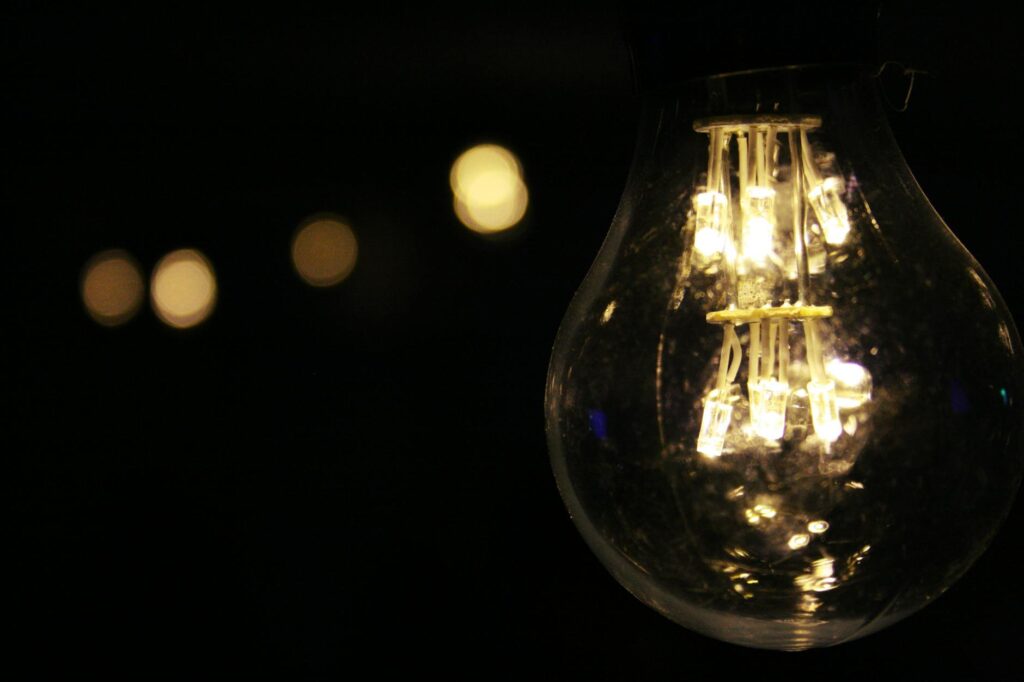
The Role of Color Temperature
Color temperature, measured in Kelvins, influences the appearance and feel of the light emitted by LEDs. Warmer lights often evoke a sense of calm and relaxation, while cooler lights are associated with increased concentration and energy, demonstrating their direct impact on mood and productivity. Understanding color temperature is key to optimizing your lighting environment.
Personalizing Your Space
Personalization of lighting based on individual preference or activity can lead to improved mood and energy levels. Task lighting, accent lighting, and ambient lighting all play roles in creating a harmonious and productive environment, tailoring your space to your needs.
The Psychological Effects of Lighting
Beyond the physiological impact, lighting can also influence our psychological state. The brightness, color, and distribution of light can affect perceived space size, warmth, and comfort, contributing to feelings of happiness or sadness, energy or relaxation. Effective lighting design enhances mental health.
Environmental Considerations
While focusing on mood and sleep, it’s also important to consider the environmental impact of our lighting choices. LEDs are not only energy-efficient but also have a reduced carbon footprint, making them a sustainable choice for the environmentally conscious.
In conclusion, the implications of LED lighting on our mood and sleep are significant and multifaceted. By understanding and adjusting our lighting environments, we can enhance our daily lives, promoting better sleep, improved mood, and overall well-being.
Frequently Asked Questions
Can LED lights be as effective as sunlight in affecting mood? While LED lights can mimic the natural light spectrum, sunlight is unique in its full spectrum and intensity. However, adjusting LEDs to mimic daylight can help in managing mood and energy levels.
Are all LEDs capable of emitting blue light? Yes, most LED lights emit blue light, which is important for their energy efficiency and brightness. However, there are LED options available that minimize blue light exposure, especially for use during the evening.
How can I adjust my LED lighting to improve sleep? Reducing blue light exposure in the evening by using warmer light settings or special sleep-friendly LED bulbs can help. Also, ensure that your sleeping environment is as dark as possible.
Does color temperature affect productivity? Yes, cooler, brighter light is often associated with increased alertness and productivity, while warmer lights tend to be more relaxing, suitable for evenings.
Are LEDs environmentally friendly? LEDs are among the most energy-efficient lighting solutions available today, with a much smaller carbon footprint compared to traditional lighting options, making them a more environmentally friendly choice.

